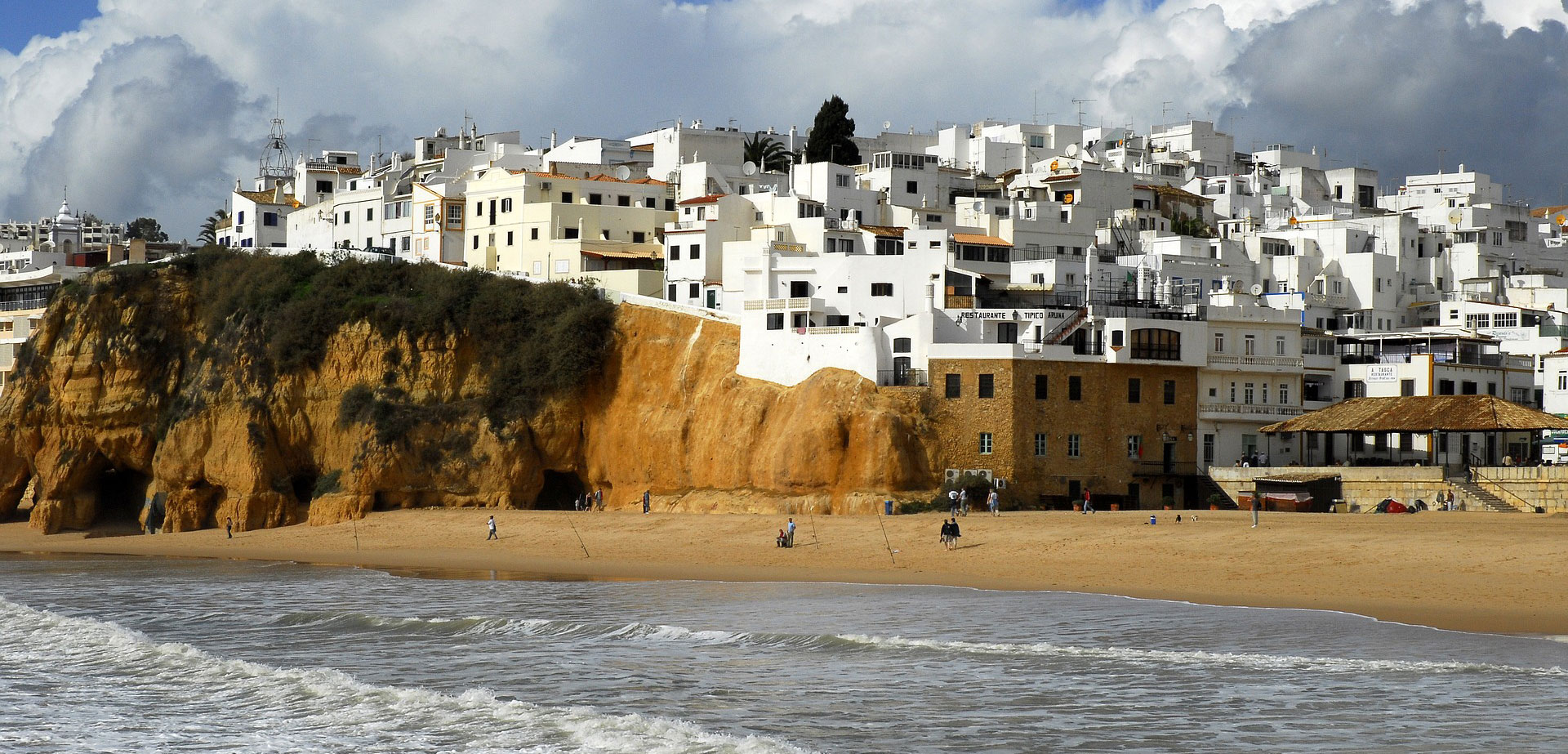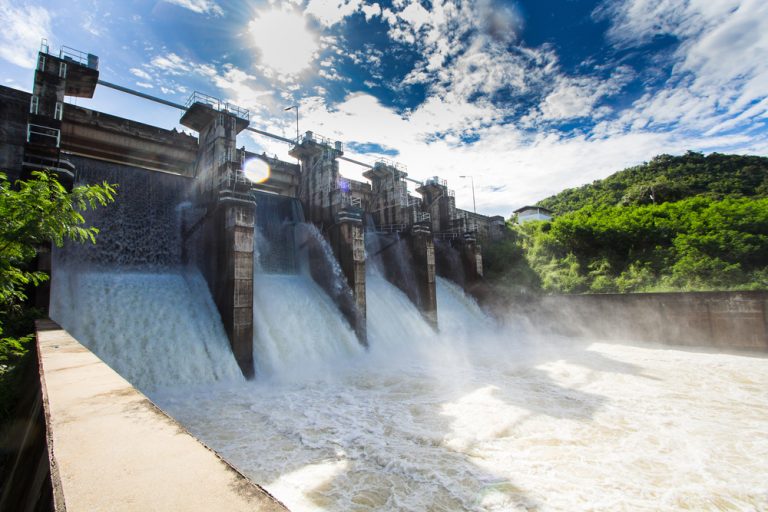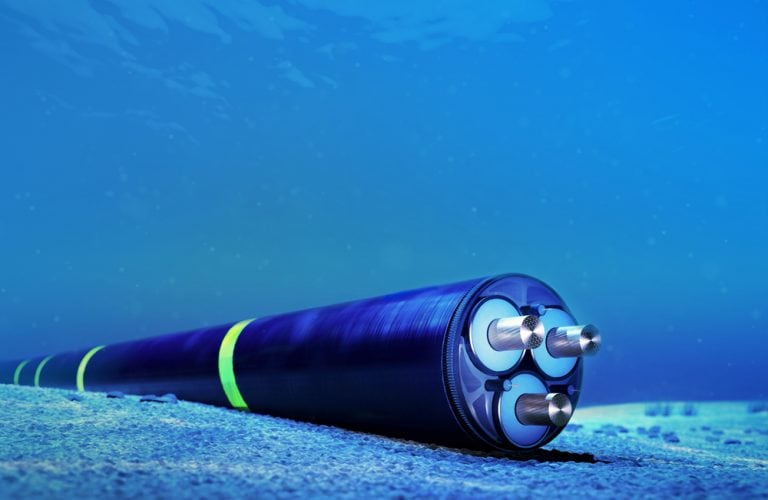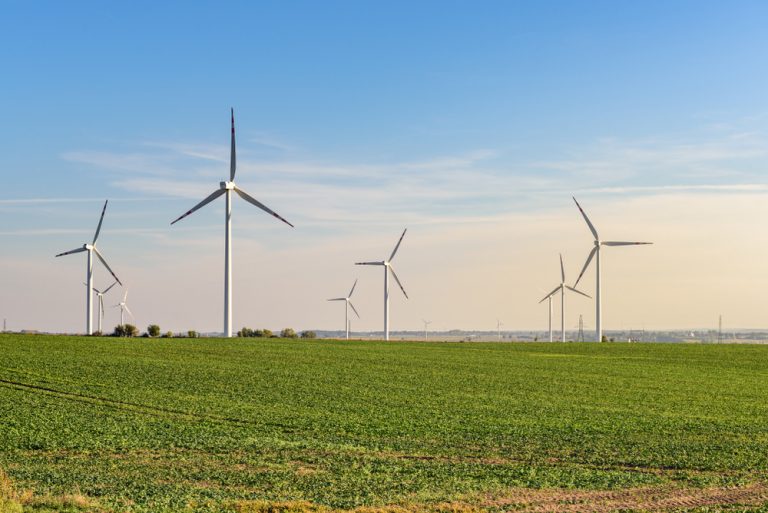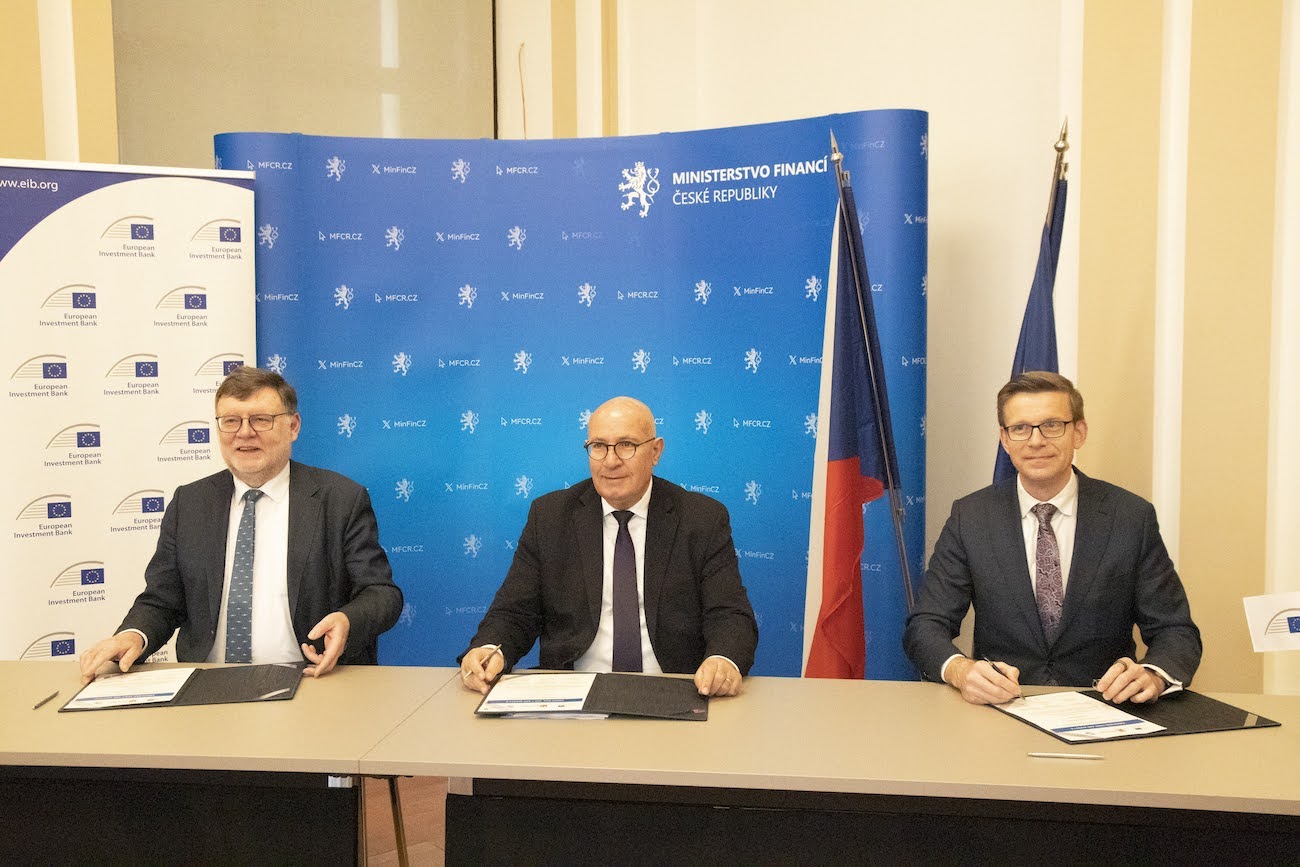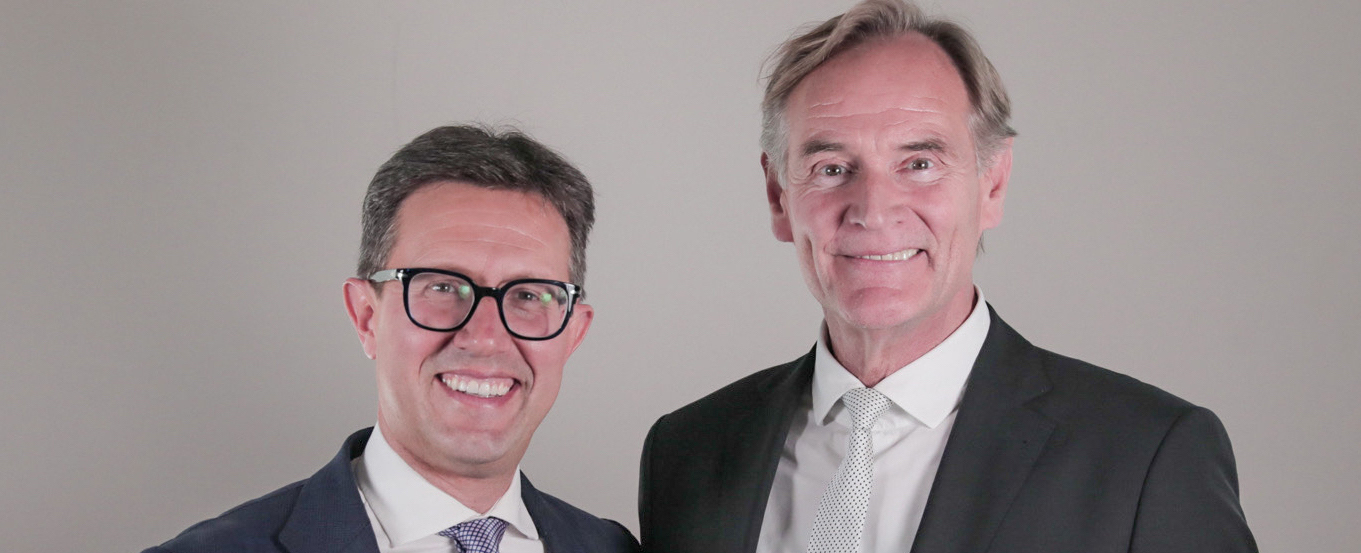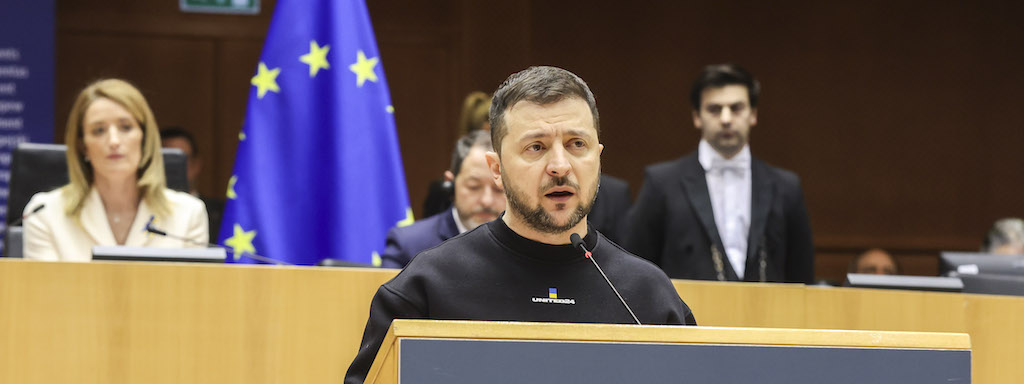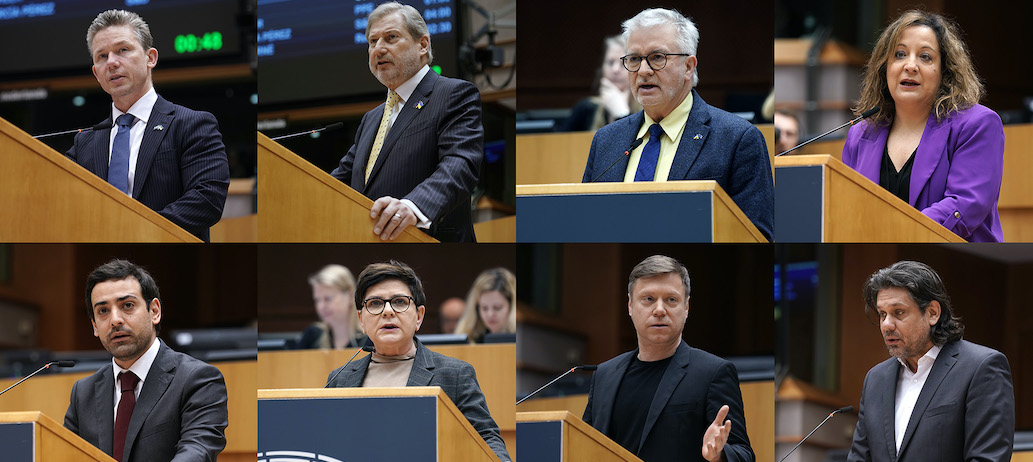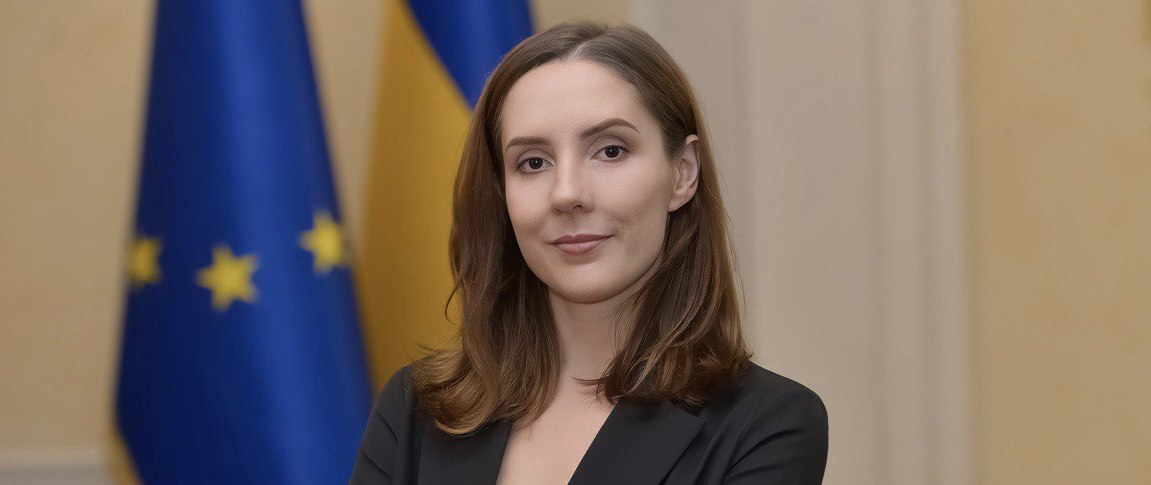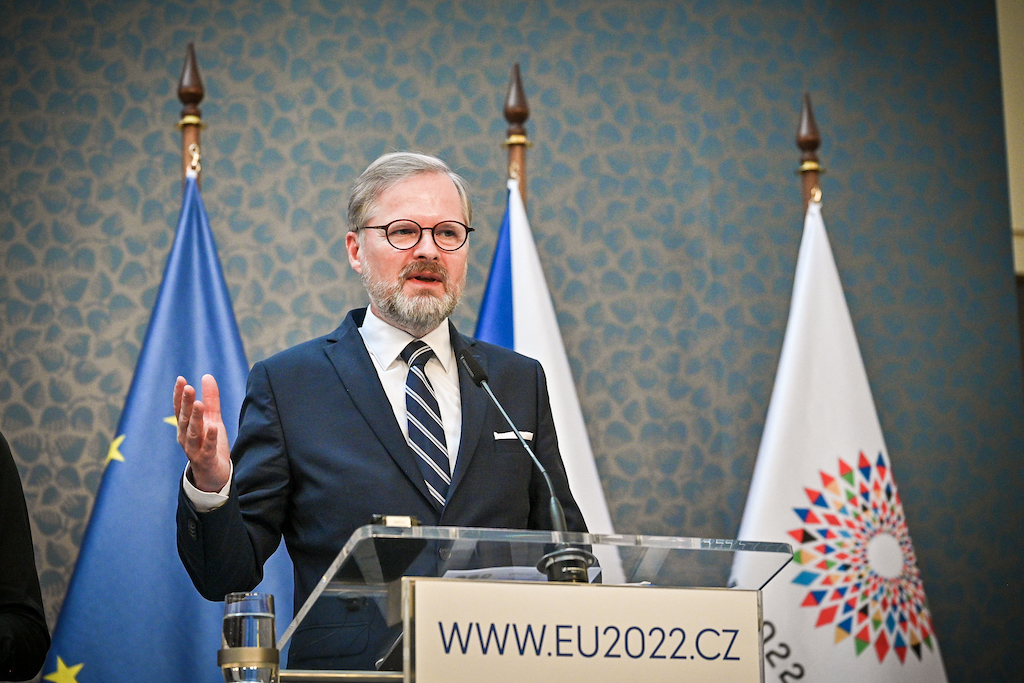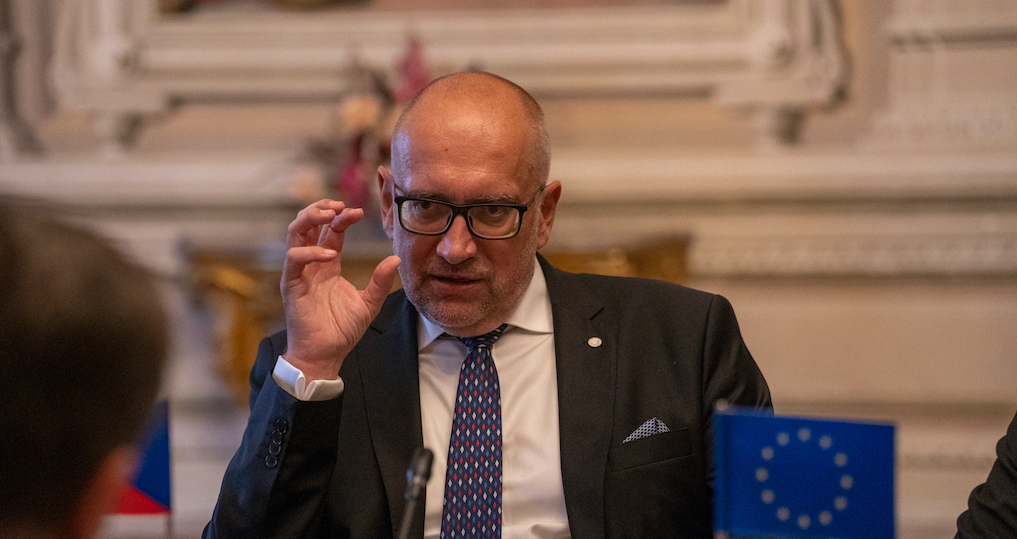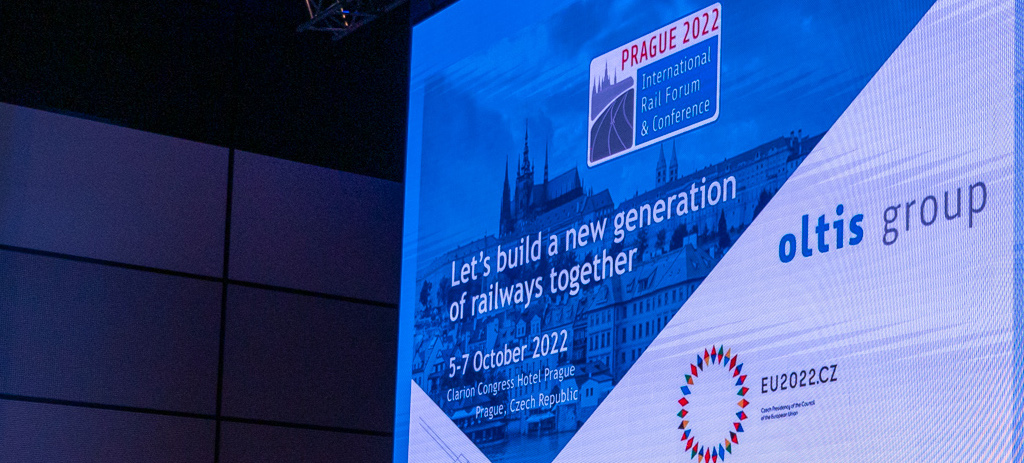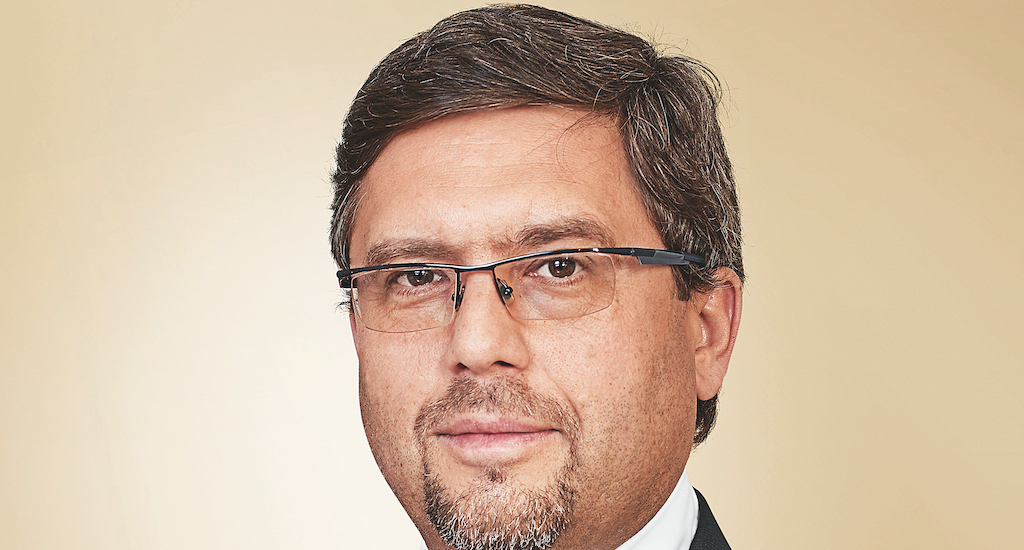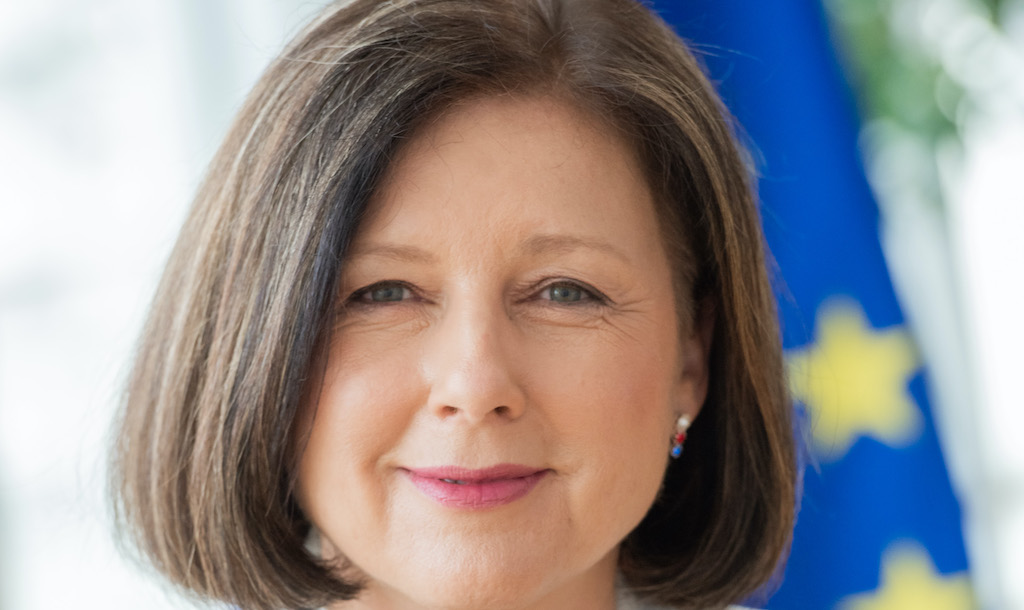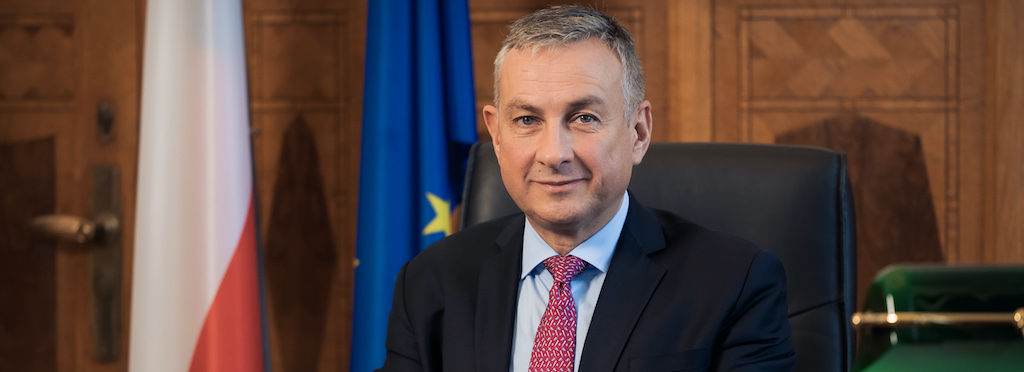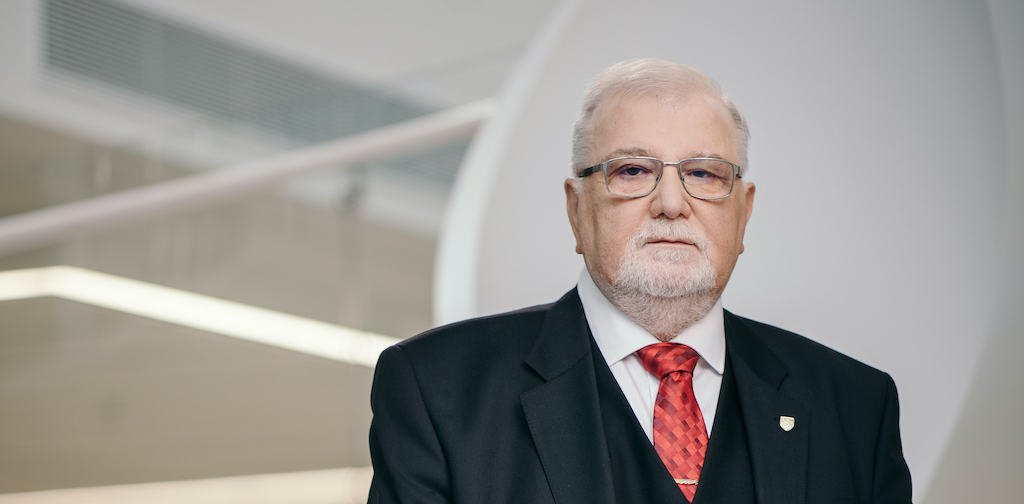Portugal is pursuing a policy of energy transition that seems to be paying off. More than once the government has been congratulated by various associations and even by the European Union.
Indeed, it happens more than once that Portuguese citizens consume only renewable energy for more than a week.
Hydraulic, solar, wind, this country of Southern Europe does not hesitate to invest to build a real competitive industry in the field of renewable energy. However, it is slowed down by the very nature of the energy it produces. Portugal, world champion of renewable energies?
Eldorado of renewable energies?
The question is legitimate. According to the figures of the operator of the Portuguese electricity grid (Redes Energeticas Nacionails), with 103.6%, the country’s renewable energy sources produced in March 2018 (4812 GWh) have exceeded the cumulative electricity consumption of Portugal (4647 GWh) ) over the same period.
These figures actually represent the cumulative over a month because in the absence of storage of renewable energy produced, there have been periods when thermal power plants (fossil fuel) and imports were needed to complete the electricity supply in Portugal. These deficits were counterbalanced by an increase in green energy production at other times. On March 14, 2018, a peak was even reached, the country having generated 143% of its electricity consumption thanks to green energies.
This voluntarist policy of the government to push the development of the renewable sector encourages industrialists to try new methods and to innovate. This is, for example, the case of the Alto Rabagão basin where the Energias Group of Portugal (EDP) is testing a unique technology in Europe: the combination of a hydroelectric dam and a floating solar power station. An innovation that symbolizes the ambitions of this country of 10 million inhabitants, become one of the European champions of renewable energies.
L’expérience d’Alto Rabagão est de petite taille : 840 modules photovoltaïques qui, bout à bout, occupent la surface d’un demi-terrain de football, au milieu d’une cuvette 8000 fois plus vaste. D’une puissance de 220 kilowatts, ils ne peuvent alimenter en courant qu’une centaine de foyers.
Mais l’expérimentation, lancée à l’automne 2016, pour un coût de 450 000 euros, se révèle prometteuse.
“Le milieu aquatique refroidit les cellules photovoltaïques, ce qui accroît leur rendement de 4 à 10 %” indique Rui Teixeira, vice-président exécutif d’EDP. “En outre, le système n’a pas d’impact sur l’environnement, puisqu’il est intégré au barrage : il n’occupe pas de terres et ne nécessite pas de lignes électriques supplémentaires”.
La centrale flottante réduit même l’évaporation du réservoir et limite la prolifération d’algues, tout en servant de refuge aux alevins.
Selon l’association portugaise pour l’énergie renouvelable (APREN) et l’ONG ZERO, la production énergétique du mois de mars se traduirait par un « manque à émettre » de 1,8 million de tonnes de CO2 et une économie de 20 millions d’euros de quotas d’émissions.
Les énergies fossiles et les importations ont cependant dû encore assurer la stabilité des réseaux pendant certaines heures, mais ces périodes ont été équilibrées par un surplus de production verte à d’autres moments.
En ce qui concerne le prix de l’électricité, c’est aussi une bonne nouvelle, puisqu’il devrait avoir chuté de 43,94 euros par MWh en mars 2017 à 39,75 euros par MWh cette année.
The structural challenges
However, wanting 100% renewable energy today with today’s technologies is not easy. Indeed, we are still unable to store such large quantities of energy, and the energy produced must be consumed almost immediately.
In March 2018, Portugal produced more renewable energy than it used. But the surplus energy is not used, for lack of interconnection between the country and the rest of Europe: a problem of which the country is aware.
EU Member States are expected to reach a 10% interconnection target by 2020. One-tenth of electricity production should then be exported. Spain and Portugal are, however, among the dozen countries lagging behind.
It is therefore logical that the sites are multiplying to overcome this problem. The development of an electricity interconnection network between Morocco and Europe is taking shape.
An electric transmission line requires significant investment, the cost of this line should return to 500 million euros, according to Aziz Rabbah, Minister of Energy, Mines and Sustainable Development of Morocco.
Opportunities
The significant increase in the number of lithium batteries put on the market in recent years has led to a real boom in the global lithium industry. Demand is increasing every year, reaching 50,000 tonnes by 2025.
Companies have specialized in the extraction of lithium, and some countries, including Portugal, specialize in the production of this vital metal for new technologies.
Did you know ?
In just three years, the market value of lithium has tripled. From 2003 to 2016, the price per ton went from 2000 to more than 22000 dollars. According to estimates by the European Commission, the European battery market could be worth 250 billion euros a year from 2025, mainly driven by the development of electric cars.
Portugal is already well placed in the future lithium race. In Europe, it is the main producer of lithium thanks to its large deposits. At the global level, Portugal alone accounts for 11% of the European market.
In the north of the country, the Lusorecursos company, which specializes in mining, manages the largest deposit in Europe. The country plans to build its own lithium processing plants. Thus, it could sell a product already transformed to battery manufacturers. It is also an opportunity to develop new technologies that will improve the storage of energy in batteries for its renewable energy sector.
The Portuguese decarbonisation efforts are a success, but the country’s place, on the borders of Europe and with Spain as the only neighbor, could slow down the development of its own energy.
Interconnectors, and in particular electrical cables, are an essential element of the Energy Union to ensure a true single electricity market that the European Union wants. They make it possible to circulate surpluses produced from one State to another according to demand.
However, Portugal’s desire to be a major player in renewable energies has led to the creation of an innovative and high-value-added sector.




